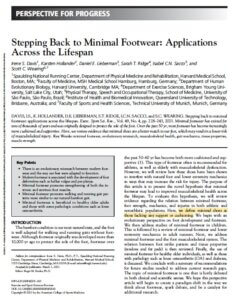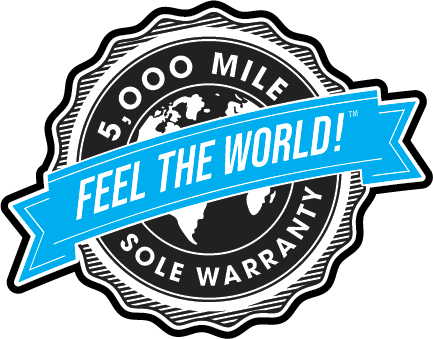Minimalist and Barefoot Shoes – a scientific overview
 When I talk about natural movement and the footwear that does, or doesn’t, support it, I’m often asked “Where’s your proof?”
When I talk about natural movement and the footwear that does, or doesn’t, support it, I’m often asked “Where’s your proof?”
In fact, if you look at the comments on many of the videos I’ve made that show how padded, stiff, thick, motion-control, elevated heel shoes with pointy toe boxes don’t allow the foot to move naturally, you’ll hear from people who agree that each of those characteristics can be bad.
I’ve even had employees of “Big Shoe” companies concede that their products don’t allow the foot to move the way, well, feet are meant to move.
But then when I show how the design of a truly minimalist shoe, like Xero Shoes, can allow for natural movement which can be beneficial, some of those same people think I’m merely spouting an opinion and not synopsizing a LOT of research.
So, if you’re one of those people who wants “the proof,” I can’t think of a better starting point than this paper, published by the American College of Sports Medicine: Stepping Back to Minimal Footwear_Applications Across the Lifespan (clicking the link opens the paper in a new tab).
Read the paper, of course, but if you want to have fun, look at the notes so you can see the amount of research that backs up the paper.
And if you want to have REAL fun, search for and read the papers listed in the notes.
I often call some of that research “The Dumbest Science Ever Done.” I’m being deliberately tongue-in-cheek when I use that phrase, but I use it to get people to think about why those of us who promote natural movement need to do serious scientific research to demonstrate something as obvious as “use it or lose it.”
We all know that if you DON’T USE your muscles, ligaments, and tendons, you LOSE strength, flexibility, function.
And, equally, we all know that the way you build strength, flexibility, balance, mobility, and agility is by USING your body.
Anyway, enjoy the paper, and leave your thoughts about it in the comments, below…






